Can the cozy, energy-saving ReptiTherm 24W mat outshine the flashy 16W heat lamp at keeping your reptile happier and your power bill lower?
Under-tank heat mats matter for reptile care — this quick ReptiTherm 24W vs 16W face-off checks real-world performance, safety, installation, and ideal terrarium fits so you can pick the best heater for your pet’s comfort and health with clear, practical advice.
Large Enclosures

A robust under-tank option when you need stronger, consistent floor heat for larger terrariums. Adhesive mounting maximizes heat transfer, but watch for reported longevity issues and use a thermostat for reliable, safe control.
Small Terrariums

A compact, energy-efficient under-tank mat that works well for small-to-medium terrariums or as supplemental heat. Installation is straightforward but adhesive longevity can be inconsistent, so plan to use tape or a thermostat for long-term setups.
ZooMed ReptiTherm 24W
ZooMed ReptiTherm 16W
ZooMed ReptiTherm 24W
ZooMed ReptiTherm 16W
ZooMed ReptiTherm 24W
ZooMed ReptiTherm 16W
Top Heat Mats for Reptiles: Comfort & Care Updated
Design & Specs: What’s Under the Surface
Physical design & materials
The ReptiTherm 24W (8″ x 18″) is a slim, UL/cUL‑approved under‑tank heater with a solid‑state nichrome heating element sealed inside a flexible pad. The Medium 16W (roughly 8″ x 12″) is smaller, lighter, and built as a thin heat plate with a plastic outer layer. The 24W feels a bit more robust; the 16W is compact and economical.
Wattage, dimensions & heating footprint
Higher wattage = higher potential surface temperature and a wider warm area; the 24W can create a noticeably larger and hotter zone than the 16W. Expect roughly 50% more power draw from the 24W vs the 16W.
Adhesive backing & mounting
Both models use adhesive backing for direct heat transfer. The 24W is marketed as a permanent adhesive bond for optimum transfer; the 16W also adheres but users sometimes report the stick weakens over time. Permanent adhesive improves efficiency but makes repositioning difficult.
Thermostat compatibility & recommended tank sizes
Both units should be used with an external thermostat/controller for safe, stable temps. Recommended general fits:
Choose based on tank footprint and how much surface warmth your species needs.
Side-by-Side Feature Comparison
Performance & Temperature: Real-World Heating
Surface temps & ranges
The 24W ReptiTherm (8″ x 18″) typically produces a warm-spot surface temp of about 28–35°C (82–95°F) on thin glass or thin substrate. The 16W medium (8″ x 12″) usually gives 25–30°C (77–86°F) under the same conditions. These are uncontrolled numbers — exact temps depend on mounting, ambient room temp, and substrate.
Warm-spot consistency & spread
Substrate, tank material & heating speed
Species examples & practical impact
Thermostat, monitoring & energy
Always use a thermostat. Place the probe at the substrate surface where the animal basks. Check temps with a digital probe and an IR gun for spot checks. Energy use: 24W ≈0.576 kWh/day continuous, 16W ≈0.384 kWh/day — modest differences but meaningful over months.
Safety & Durability: Keeping Pets and Homes Safe
Safety features — what’s built in
Neither ReptiTherm model includes a built‑in thermostat. The 24W 8×18 explicitly lists UL/cUL approval and a solid‑state nichrome element (good). The 16W medium does not list a safety certification on its product info — double‑check the package. In short: plan to add an external thermostat and a GFCI‑protected outlet.
Placement & avoiding burns or hotspots
Place the pad on the outside bottom glass (adhesive side to glass) per manufacturer instructions. Do NOT put the mat inside the tank under loose substrate or folded. Avoid mounting directly under hide boxes or inside wooden furniture where heat can trap. Probe placement: put the thermostat probe at the substrate surface where your animal basks, not behind the mat.
Overheat risks & wattage
Higher wattage = more heat potential. At 24W the pad produces stronger, broader belly heat than the 16W, so mis‑placement or thermostat failure can create higher temperatures or hotspots faster. The real fire risk is low if used correctly, but increases if:
Important safety tips:
Durability, water resistance & maintenance
Both pads are not waterproof — wipe only when unplugged. Adhesive on the 24W is permanent (harder to reposition); 16W adhesive can lose stick over time. Users report some 24W failures ~10–12 months; expect realistic lifespan of 1–3 years depending on use. Check monthly for cracks, bubbles, or frayed wiring and replace at first sign of damage.
Installation, Use Cases & Value: Which One Should You Buy?
Installation notes — step by step
Use-case guidance — 24W vs 16W
Price, warranty & replacement
Quick setup tips
Final Verdict: Pick the Right ReptiTherm for Your Reptile
Clear winner: the 24W Reptitherm is best for larger tanks roughly 20 gallons or larger and for species that rely on strong belly heat like bearded dragons and leopard geckos. It delivers deeper, more consistent substrate warmth for climbing and burrowing behaviors. The 16W medium shines for small enclosures, hatchlings, or low-heat species where surface warmth is enough and overheating risks must be minimized.
Actionable tip: always pair any heat mat with a reliable thermostat, place a thermometer at the animal’s basking surface and coolest corner, and secure mats beneath tanks only — never directly under wire or loose substrate. Safety over raw wattage wins. Ready to upgrade your setup? Choose 24W for bigger needs, 16W for compact, low-heat homes. Check wiring and manufacturer instructions before installation to always stay compliant.



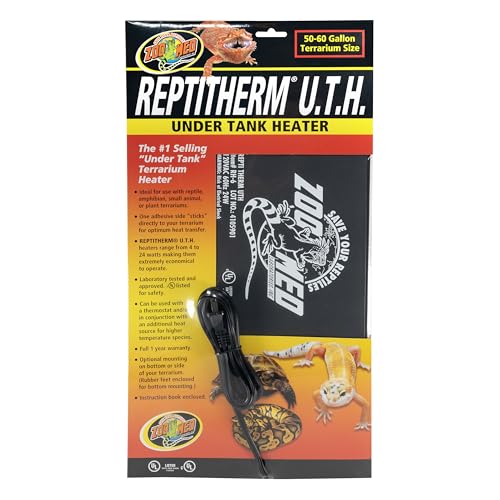





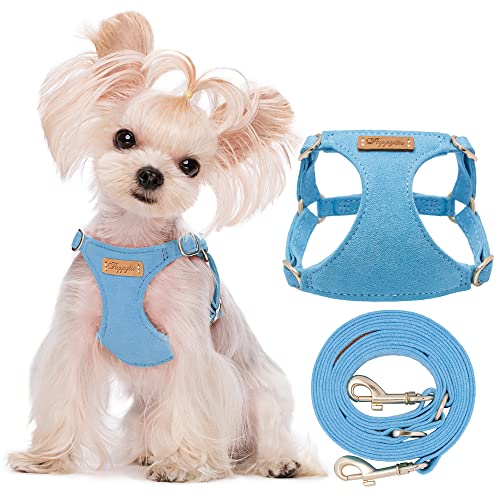
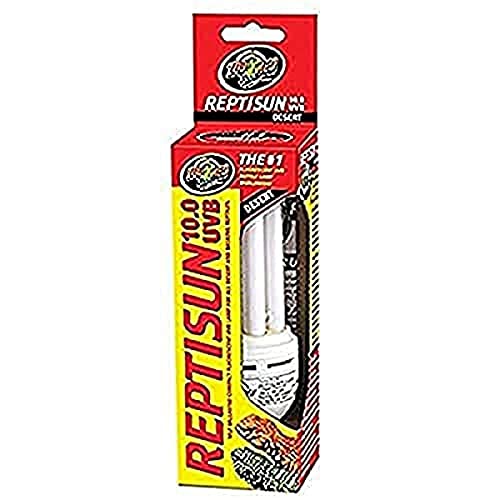
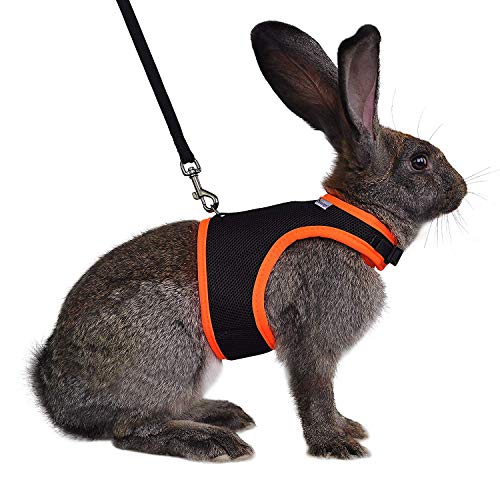
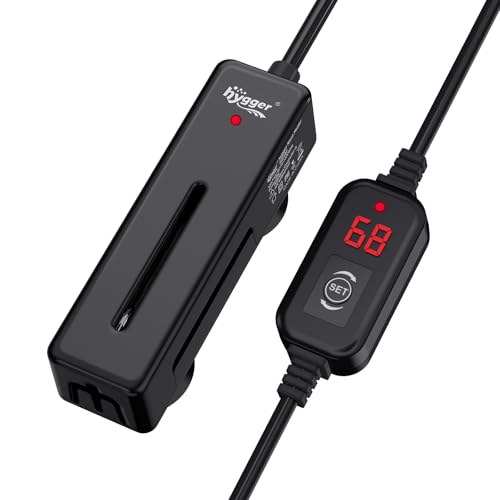
Long post: I run a bioactive vivarium and was skeptical about mats affecting the humidity and substrate microfauna. After trying both, the 16W affected humidity less — the 24W dried the top a bit faster. If you’re into bioactive setups, consider lower wattage or intermittent heating.
Also — don’t skimp on a thermostat probe placement. Put it where the animal actually rests, not in the middle of the tank. Learned that the hard way and lost a springtail colony once. 😭
Hope this helps someone who wants a living substrate setup!
This is excellent detail, Grace. Bioactive keeps need gentler, consistent heat. Intermittent or lower-watt mats plus careful probe placement is the right approach.
I use damp coconut fiber and a moss patch away from direct heat. Keeps the microfauna thriving.
Very useful — I want a bioactive tank next. Do you run any humidity buffers like moss under the mat area?
Honestly the real question for me: which one makes cleaning easier? The 24W seemed slightly warmer to the touch, which melted my adhesive a bit (user error?). Anyone else had adhesive problems?
I had the same issue once, switched to velcro straps and boom, cleaner setup.
Good point — adhesive degradation can happen if the mat runs hot or if adhesives aren’t rated for heat. We recommend using heat-resistant mounting strips and checking them regularly.
I used silicone strips and they’ve held up fine. No adhesive goo in my tank.
Minor nitpick: the article didn’t show actual temp maps under substrate, would be cool to see where the hot spots are. Otherwise, solid comparison. Also: pls do a follow-up with humidity interplay? thx 😊
Nice suggestion — we’ll try to include temperature maps and humidity tests in the next follow-up. Appreciate the feedback!
Thanks — looking forward to it. Your testing is already way better than most product pages.
Thanks for the kind words, Zara. We’re on it.
Yes! Visual maps would help a lot when choosing pad placement.
I appreciated the safety comparison. The article mentioned overheat protection — did either mat trip circuit breakers in testing? Also, what’s the lifespan like? I don’t want to replace these every year.
Mine lasted 3 years before I swapped due to an upgrade, not failure. Treat ’em gently.
No circuit trips during our tests. Lifespan wise, both are durable — expect several years if used with a thermostat and installed per instructions. Keep an eye on the cable and insulation for wear.
I’ve had a mat for 4 years with zero issues. Just don’t fold it and avoid sharp edges.
Why not both? 😆 I use the 24W as the main floor heat and a low-watt lamp for a basking spot. Works like a charm for my leopard gecko. More gear, but better temps.
Pro tip: label cords. I once unplugged the wrong heater and had a minor panic 😂
I tried that setup and my gecko loved it. Worth the extra switch!
That combo is fairly common and provides a nice gradient. Just watch total wattage and use separate thermostats if possible to avoid conflicts.
Agreed. Dual-source heating lets you fine-tune microclimates.
Short and sweet: 24W = better for larger tanks. 16W = fine for tiny setups or supplemental heat. Buy a thermostat and call it a day. Also, anyone else read labels twice? That 8×18 size is oddly specific lol.
Haha yeah, felt like buying a mat for a sandwich. 😅
Exactly — size matters as much as wattage. The 8×18 dimension works well for certain footprints but always measure your tank base first.
Not gonna lie, I thought heat lamps were the only way. This article convinced me mats are legit. Bought the 24W for my boa and it’s been stable. One tiny complaint: the cord is kinda short. Could be worse tho.
Good tip — will do that. Thanks!
Glad it helped! Cord length is a common annoyance—extension rated for the load is an easy fix, just keep it safe and out of reach.
I use a heavy-duty extension and zip-tie it along the stand. Works fine.
I liked that you compared wattage and size instead of just brand hype. But imo the 16W felt underpowered for a medium enclosure. The 24W warms faster. Not trying to bash the 16W — it’s quieter and uses less power though.
Yep, if you have deep substrate or lots of decor the 16W might struggle. I added a ceramic heat emitter as backup for my setup.
Thanks, Sophie. That’s the trade-off we wanted to highlight — efficiency vs power. For smaller enclosures the 16W can be fine, but for medium/large you’ll likely need 24W or a second pad.
Curious—what tank size are you calling ‘medium’? I considered 20L vs 30L and got different results.
Wanted something energy-efficient so I grabbed the 16W. Noticed temps dipped a bit in winter nights. Ended up pairing it with a small ceramic heat emitter on a thermostat. Works well, but more gear than I wanted lol.
Thanks for sharing the practical fix. Pairing low-watt mats with a backup heat source is a smart redundancy in colder climates.
Same here — winters are brutal. Use a thermostat to avoid runaway heating when the room warms up.
I gotta say, my snake loved the 24W. He basks on the warm spot every night. 😸
But FYI: make sure the mat is on the outside bottom of the tank, not under substrate directly (unless specified). Zoo Med warns about that, right?
Correct — Zoo Med recommends placing the mat on the outside bottom of the tank. Many enclosures with glass bottoms work well that way, and it reduces direct contact risks.
That basking behavior sounds adorable. 🐍
Yep, I learned that the hard way — had weird moisture issues when it was placed incorrectly. Move it outboard and all better.
Thanks for the write-up — super helpful. I’ve been using the 24W mat under a 20-gallon tank for my crested gecko and it holds temp better overnight. Quick question: did you test with a thermostat? I worry about hot spots and the pet getting too warm.
Totally agree—thermostat is a must. I use a digital one and stick a probe under the substrate near the hide. Keeps temps consistent.
Great to hear it helped! We did test with an inline thermostat set to 28°C. Using a thermostat definitely smoothed out the temp swings and prevented hotspots.